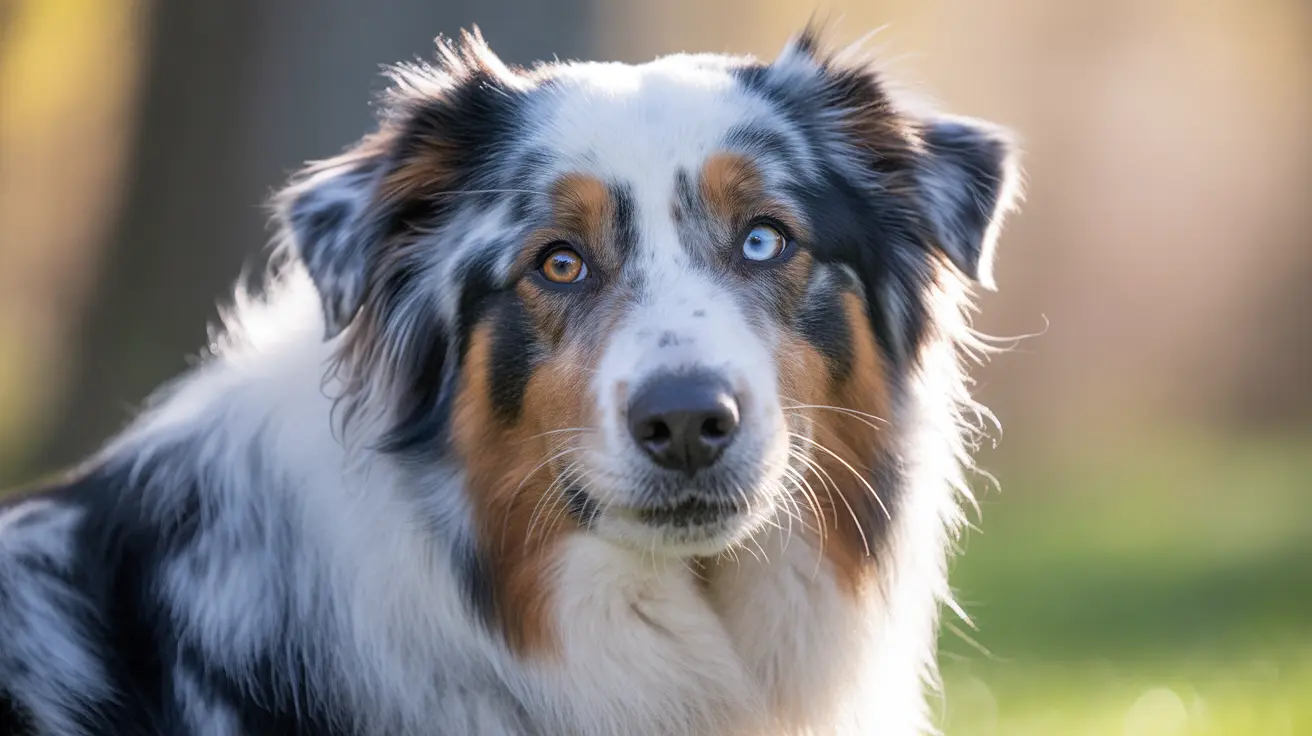Have you ever wondered if your furry friend sees you as just another dog? The relationship between humans and dogs is fascinatingly complex, shaped by thousands of years of evolution and domestication. While dogs don't literally think humans are dogs, their perception of us is equally remarkable and worth exploring.
Research reveals that dogs have developed a unique ability to understand and interact with humans in ways that even their closest wild relatives, wolves, cannot match. Let's delve into the fascinating world of canine cognition and discover how our four-legged companions really view us.
The Science Behind Dog-Human Recognition
Scientific evidence confirms that dogs can clearly distinguish humans from other animals, including their own species. Their extraordinary sense of smell alone allows them to identify that humans are different from dogs. Through sophisticated neuroimaging studies, researchers have observed that dogs' brains activate distinctively when processing human scents versus those of other dogs.
Perhaps most remarkably, dogs show greater natural sociability towards humans than toward other dogs. They actively seek eye contact with people and respond to human gestures in ways never observed in wolves, indicating a deep evolutionary adaptation to human companionship.
Understanding the Emotional Bond
Dogs form profound emotional connections with their human caregivers that mirror family bonds. Brain scans have revealed that dogs' neural responses to their owners' scents are similar to the way humans react to loved ones. This suggests that while dogs don't mistake us for fellow canines, they view us as essential family members.
These bonds go beyond simple attachment. Dogs have evolved to read human emotions through facial expressions, voice tones, and body language. They can differentiate between positive and negative emotional states, allowing them to respond appropriately to their human companions' moods.
How Dogs Learn from Humans
Unlike wolves, dogs naturally look to humans for guidance when faced with challenges. This behavior, known as "social referencing," demonstrates their unique adaptation to human society. Dogs can learn more than 150 words and understand complex gestures, showcasing cognitive abilities comparable to those of a 2-2.5-year-old child.
Their problem-solving abilities often involve seeking human assistance, a trait that sets them apart from their wild ancestors. This behavior isn't just learned – it's deeply ingrained through thousands of years of domestication.
The Evolution of Interspecies Communication
The domestic dog's ability to understand and interact with humans results from a long evolutionary journey. Through selective breeding, dogs developed enhanced capabilities to read human social cues and form strong emotional bonds with people. This adaptation has created a unique interspecies relationship unlike any other in the animal kingdom.
Modern research shows that dogs process human faces in specialized brain regions, similar to how humans process faces. This sophisticated neural machinery enables them to recognize individual humans and respond to subtle changes in facial expressions.
Frequently Asked Questions
Do dogs think humans are other dogs or recognize us as a different species?
Dogs clearly recognize humans as a different species through their superior sense of smell and specialized cognitive abilities. They don't confuse us with other dogs but rather see us as unique social partners.
How do dogs perceive humans in their social groups or 'packs'?
Dogs view humans as family members or social partners rather than pack members in the traditional sense. They form strong emotional bonds similar to parent-child relationships with their human caregivers.
Can dogs understand human emotions and communicate with us effectively?
Yes, dogs can understand human emotions through facial expressions, voice tones, and body language. They've evolved specialized abilities to interpret and respond to human communication signals.
Why do dogs look to humans for help or guidance when faced with problems?
This behavior results from both evolution and learning. Dogs have developed a unique dependence on humans through domestication, leading them to naturally seek human assistance when confronting challenges.
How do dogs use their sense of smell to distinguish humans from other animals?
Dogs' powerful olfactory abilities allow them to detect the unique chemical signatures of different species. They can easily distinguish human scents from those of other animals, including other dogs.
While dogs don't think humans are dogs, their perception of us is perhaps even more special. They recognize us as unique beings with whom they share deep emotional bonds and complex social relationships. This understanding has been shaped by millennia of coexistence, resulting in one of nature's most remarkable partnerships.






